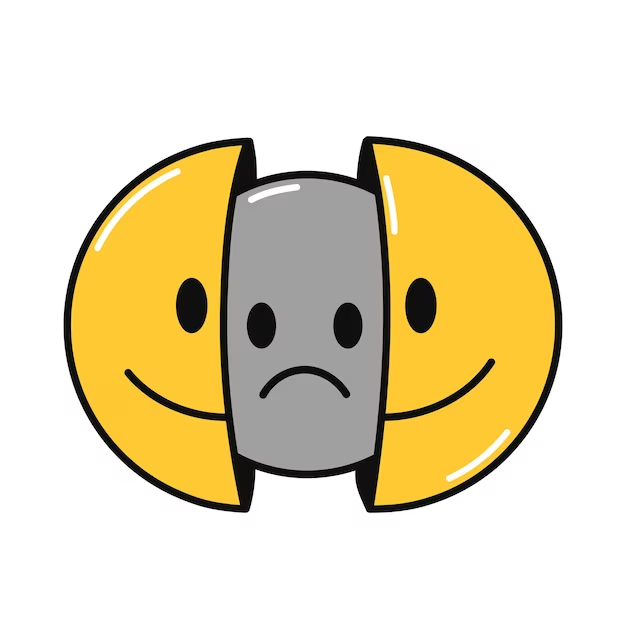In today’s digital age, the influence of “reel life”—the world of social media, movies, and online content—on the new generation is undeniable. With the rise of social media influencers, reality shows, and blockbuster movies, young people are constantly exposed to carefully crafted portrayals of success, beauty, relationships, and lifestyles.
One major influence is the portrayal of a “perfect life.” Social media, in particular, creates an illusion of perfection, where influencers and celebrities share moments that are often staged or selectively edited. This can lead young viewers to set unrealistic expectations for themselves, creating pressure to meet unattainable standards. Additionally, these platforms shape the concepts of beauty, fashion, and fitness, sometimes promoting trends that may not be entirely healthy or achievable for everyone.
Moreover, the instant gratification and fame achieved by online personalities often appeal to young people, who might prioritize short-term popularity over long-term goals. Viral challenges and the “like” culture can encourage behaviors focused more on gaining followers than fostering genuine connections or developing real skills. The impact extends to mental health as well, comparisons with online portrayals can lead to low self-esteem and feelings of inadequacy.
Reel vs. Real: Understanding the Difference
In today’s digital age, we are constantly surrounded by entertainment—whether it’s through movies, TV shows, reality TV, or social media. While these mediums offer fun, excitement, and sometimes inspiration, they can also blur the line between what’s real and what’s just make-believe. This article explores the difference between “reel” (what we see on screen) and “real” (what actually happens in life). However, what we often forget is that what we see on these screens isn’t always real. The line between “reel” (what we see on screen) and “real” (actual life) can sometimes get blurry, leading to misconceptions and unrealistic expectations. This article explores the difference between reel and real, and why it’s important to recognize the truth behind the entertainment.
What Does “Reel” Mean?
“Reel” refers to the world of entertainment—the stories, characters, and scenarios that we watch on our screens. It’s all about creativity and imagination. Whether it’s a movie, a TV drama, or even a reality show, these are scripted and planned to entertain us.
In a movie, for example, a hero might fight off ten villains at once, survive an impossible car chase, and still manage to save the day. These scenes are exciting to watch but are not how things usually work in real life. Similarly, reality shows often create dramatic moments by editing scenes to make situations appear more intense than they really are.
What Is “Real”?
“Real” refers to everyday life—our actions, interactions, and situations that happen naturally, without scripts or planning. Real life is not always as dramatic, glamorous, or perfect as what we see on screen. It includes ups and downs, ordinary moments, and imperfections. While movies and shows give us an escape from reality, it’s important to remember that they do not reflect how things truly work.
Why Do People Confuse Reel with Real?
The main reason people confuse reel with real is because of how entertainment media is presented. It often looks and feels very realistic, making it easy for viewers to believe that what they are seeing on screen could be true. For example, reality shows claim to show real-life events, but many of these are scripted or heavily edited to add drama and keep the audience interested.
Social media also plays a big part in this confusion. Influencers and celebrities share polished, edited, and filtered photos and videos that make their lives seem perfect. But these posts rarely show the full picture. What we see is a highlight reel, not reality.
However, reel life also brings positive influences. Many creators use their platforms to raise awareness on critical social issues, promote mental health, and inspire educational pursuits. Motivational stories of individuals overcoming challenges can inspire young viewers to take action in their lives.
The Effects of Confusing Reel with Real
Believing that the reel is the same as real can lead to unrealistic expectations. For example:
- Body Image Issues: People may compare themselves to celebrities or influencers who have perfect skin, fit bodies, and stylish clothes, not realizing that those images are often edited. This can make people feel insecure about their own appearance.
- Relationship Expectations: Movies and TV shows often show love and relationships as perfect, with grand gestures and no real problems. In real life, relationships take work, communication, and patience. Expecting them to be like a movie romance can lead to disappointment.
- Life Success: In the movies, success seems to come easily, but real success requires hard work, time, and effort. It’s important to remember that everyone’s journey is different, and no one achieves success overnight.
Ultimately, while reel life offers valuable insights and inspiration, it is crucial for young people to approach it with a balanced perspective. Being mindful of the difference between reel and real life, and focusing on personal growth and authentic experiences, can help them navigate this digital era more healthily.
Conclusion
Entertainment media is a wonderful way to relax, escape, and explore different stories, but it’s important to know the difference between reel and real. By understanding that what we see on screen is not always true to life, we can avoid unrealistic expectations and appreciate reality for what it is—imperfect, unpredictable, and beautifully authentic.















